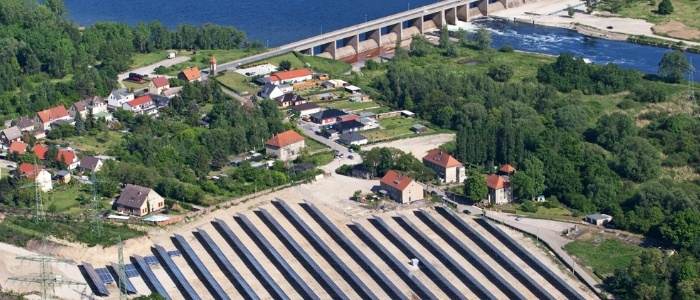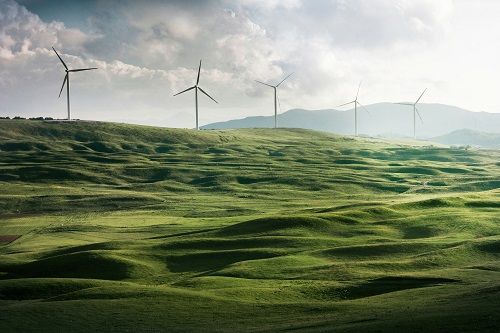The ECB has taken a first step towards lower interest rates. This is a good signal for investors in renewable energies. "It's not just that the cost of financing is falling, which is fuelling investment activity," says Markus W. Voigt, CEO of the aream Group. "Bonds also tend to be less attractive now, which is diverting money into renewables."
Interest rate cuts generally lead to lower borrowing costs. Borrowing money for infrastructure projects becomes correspondingly cheaper. With more or less constant returns, this increases the yield.
And even if it is not yet clear when the interest rate cuts will continue: "For many investors, this is a clear signal that investments such as renewable energies are becoming more attractive," says Voigt. "A significant increase in investment activity can be expected here."
"It will also be cheaper to refinance existing debt," says Voigt. Companies will be able to refinance their existing loans at lower interest rates again. This improves the financial situation and frees up further funds for new investments. In addition, infrastructure projects are long-term investments. Lower interest rates make such projects more attractive, as the expected returns are higher compared to the financing costs.
And as far as returns are concerned, falling interest rates mean that investors are even more willing to invest in infrastructure projects that deliver stable, long-term returns. "This makes investments in renewables much more attractive, especially in comparison with bonds," says Voigt. Existing investments can also be valued higher, as investors are prepared to pay higher prices for investments with stable and long-term cash flows. In any case, falling interest rates are an advantage for investments in renewable energies. "The ECB has done the energy transition a real favour by initiating a cycle of interest rate cuts," says Voigt.
PRESSEKONTAKT:
Leandra Kiebach
T: +49 (0)211 30 20 60 4-2
E: lk@aream.de


